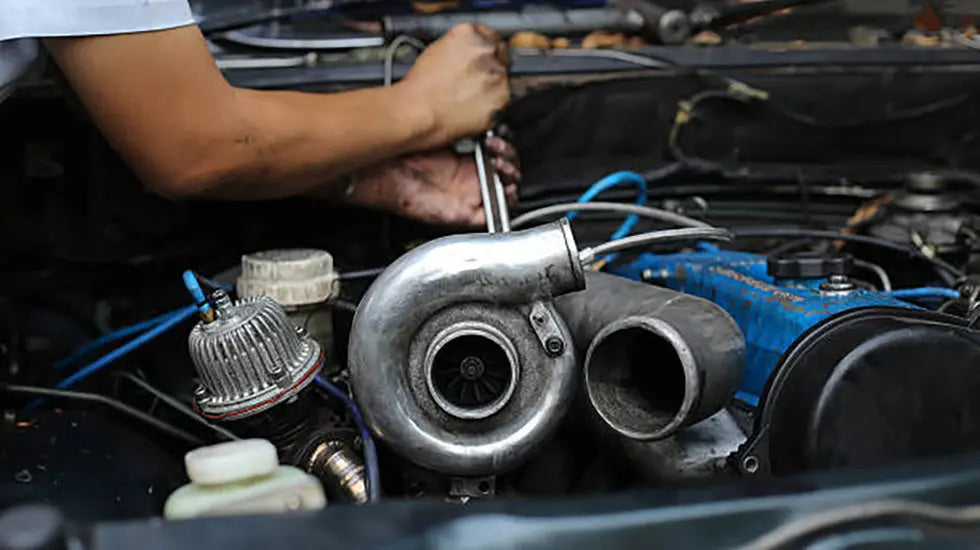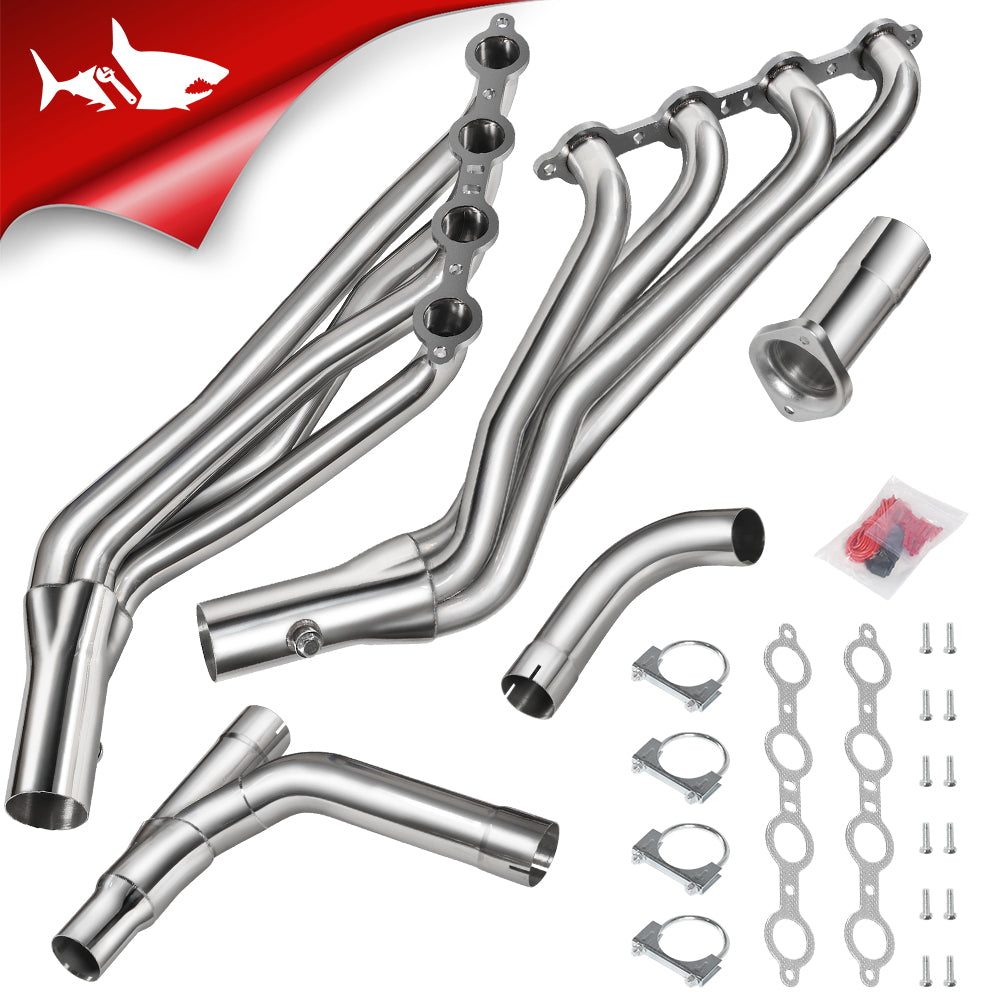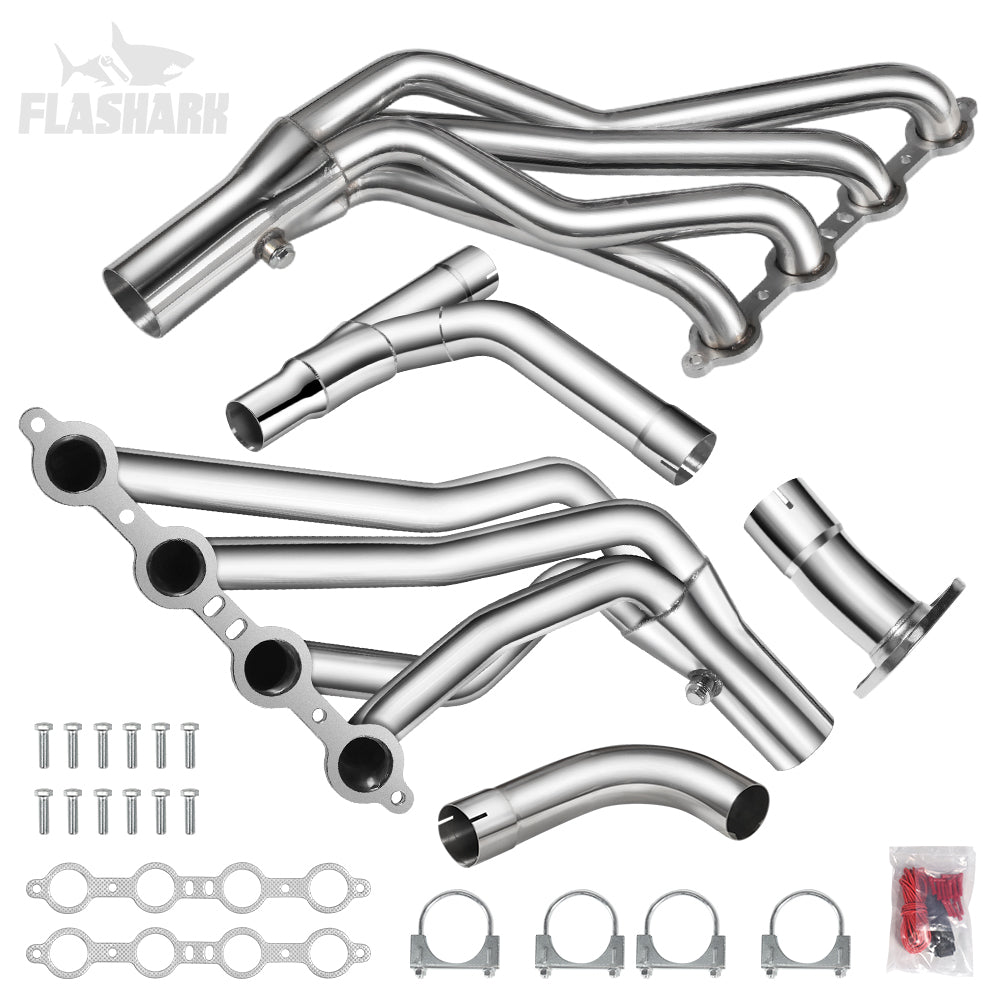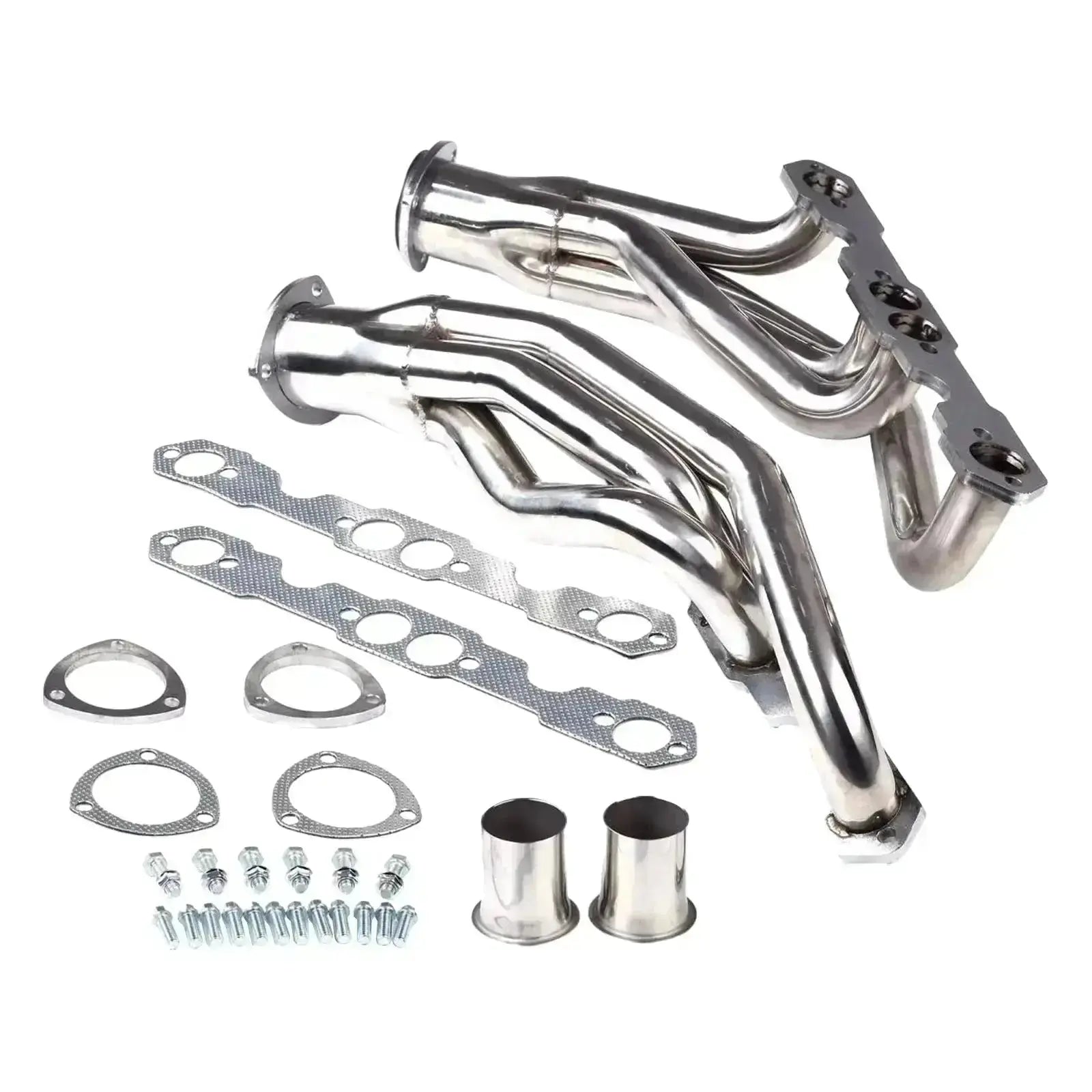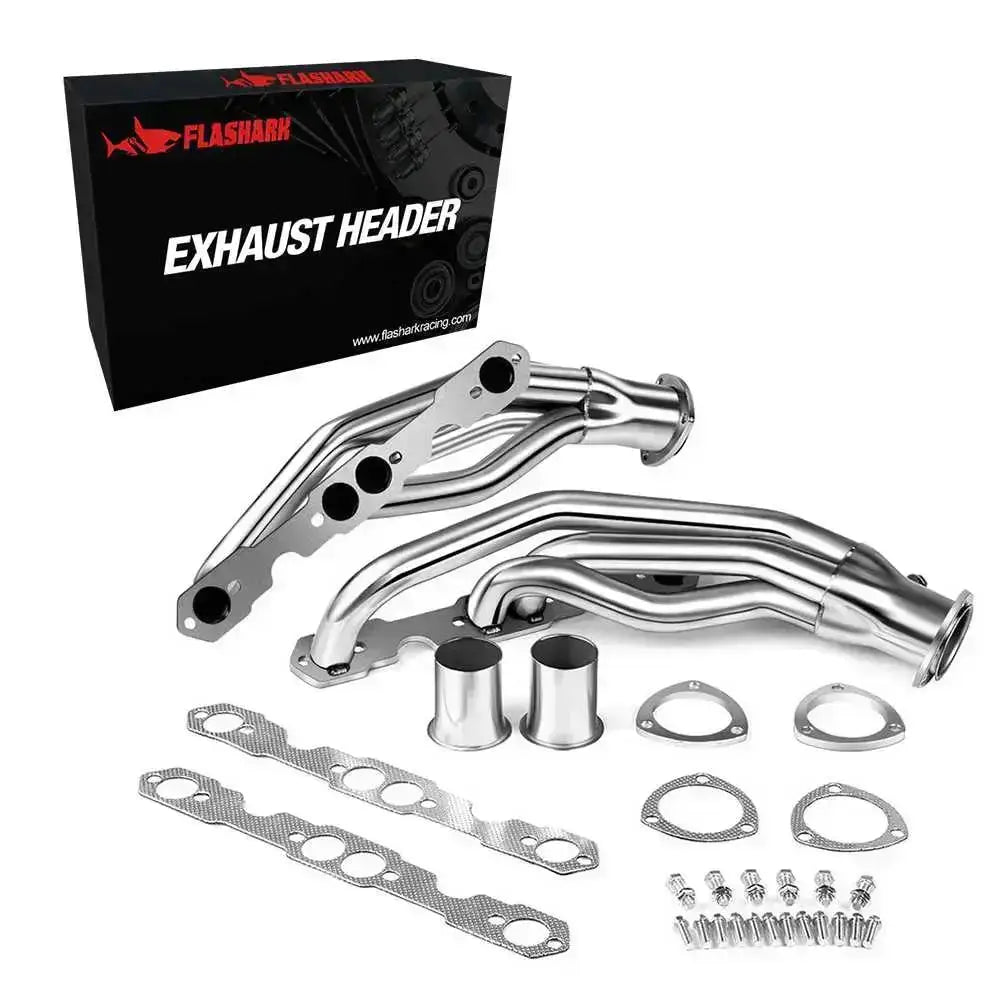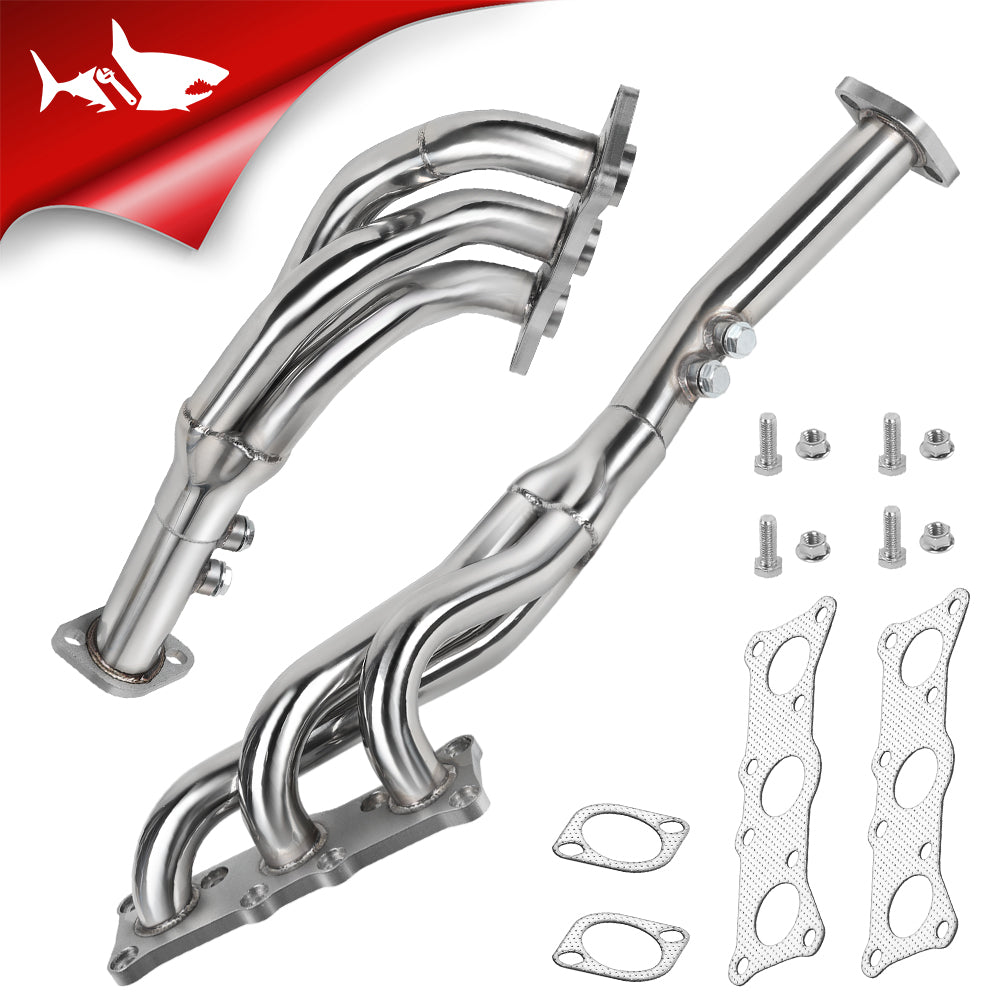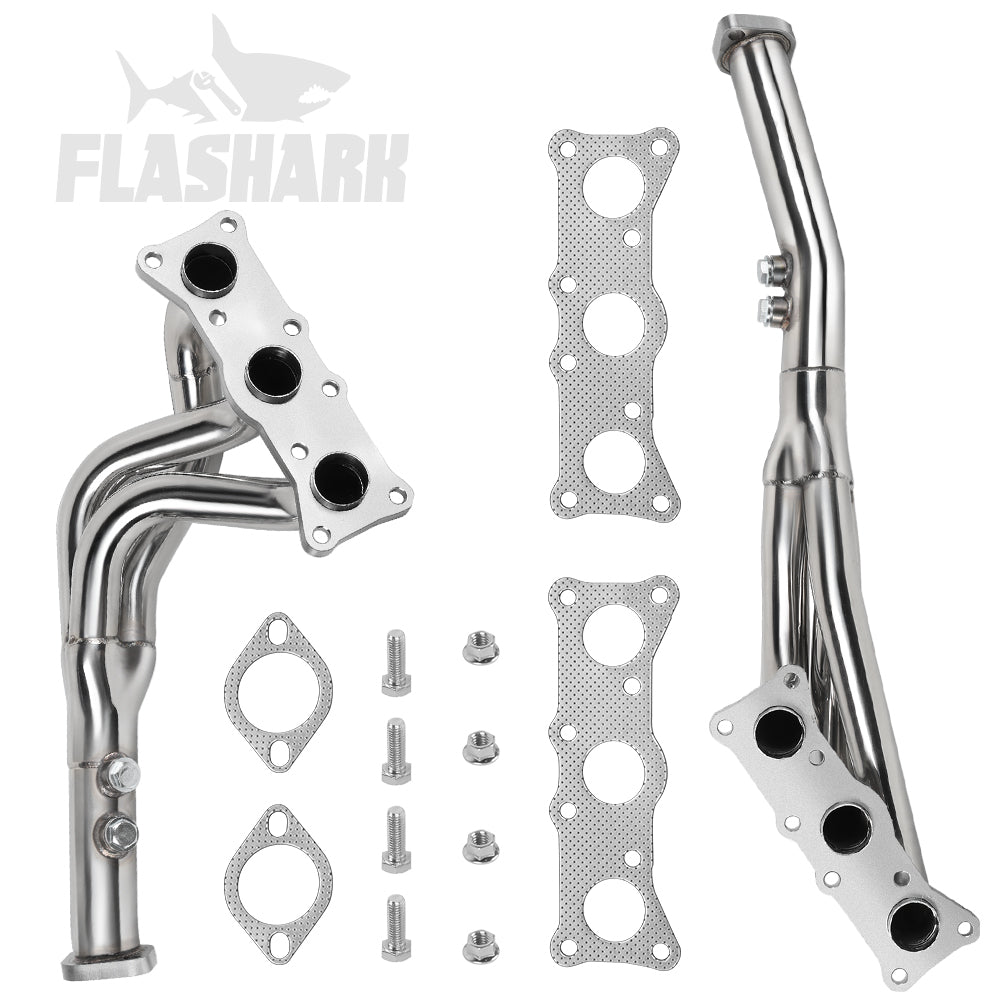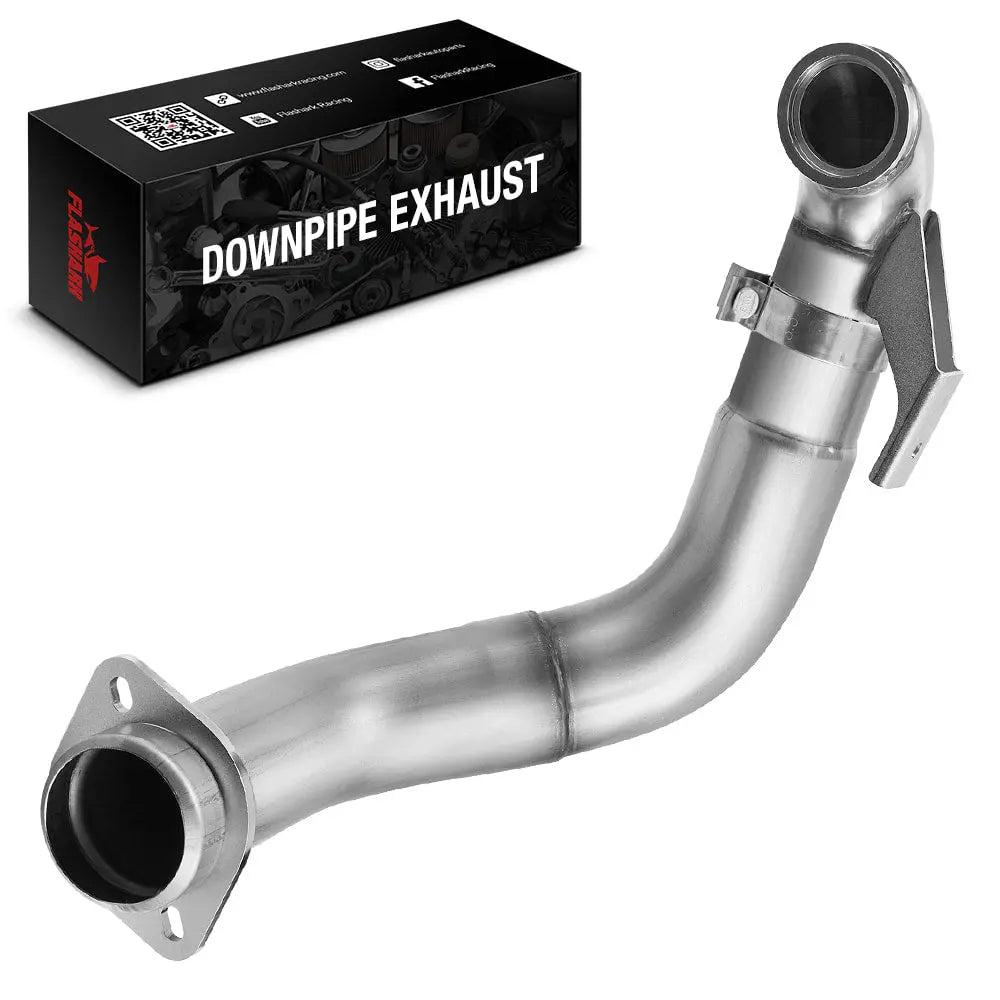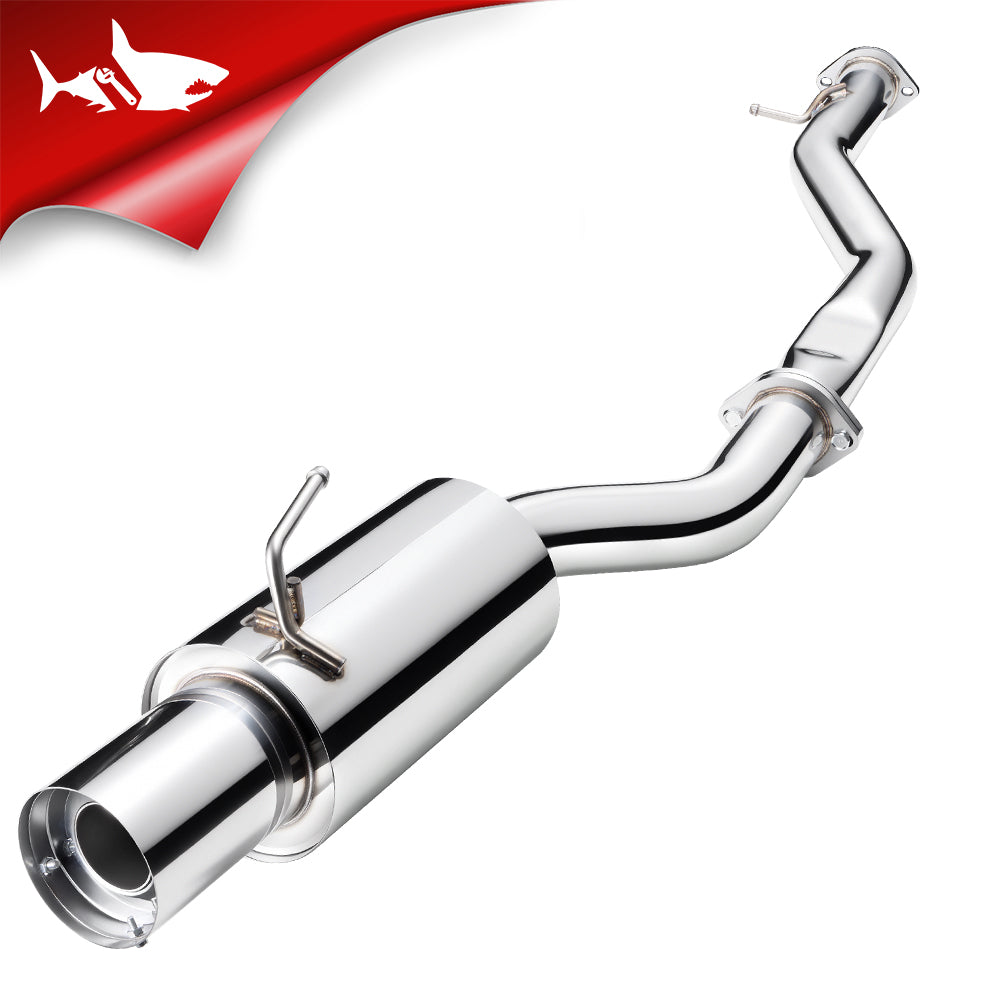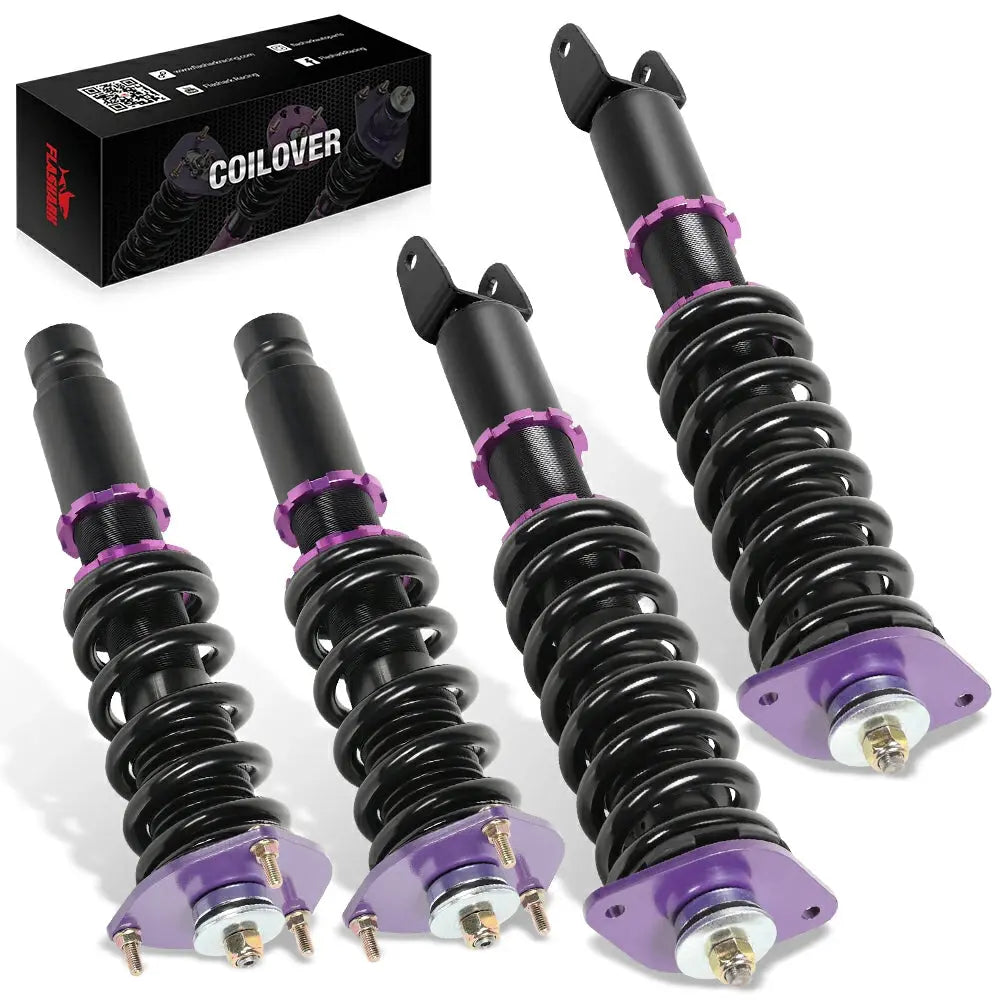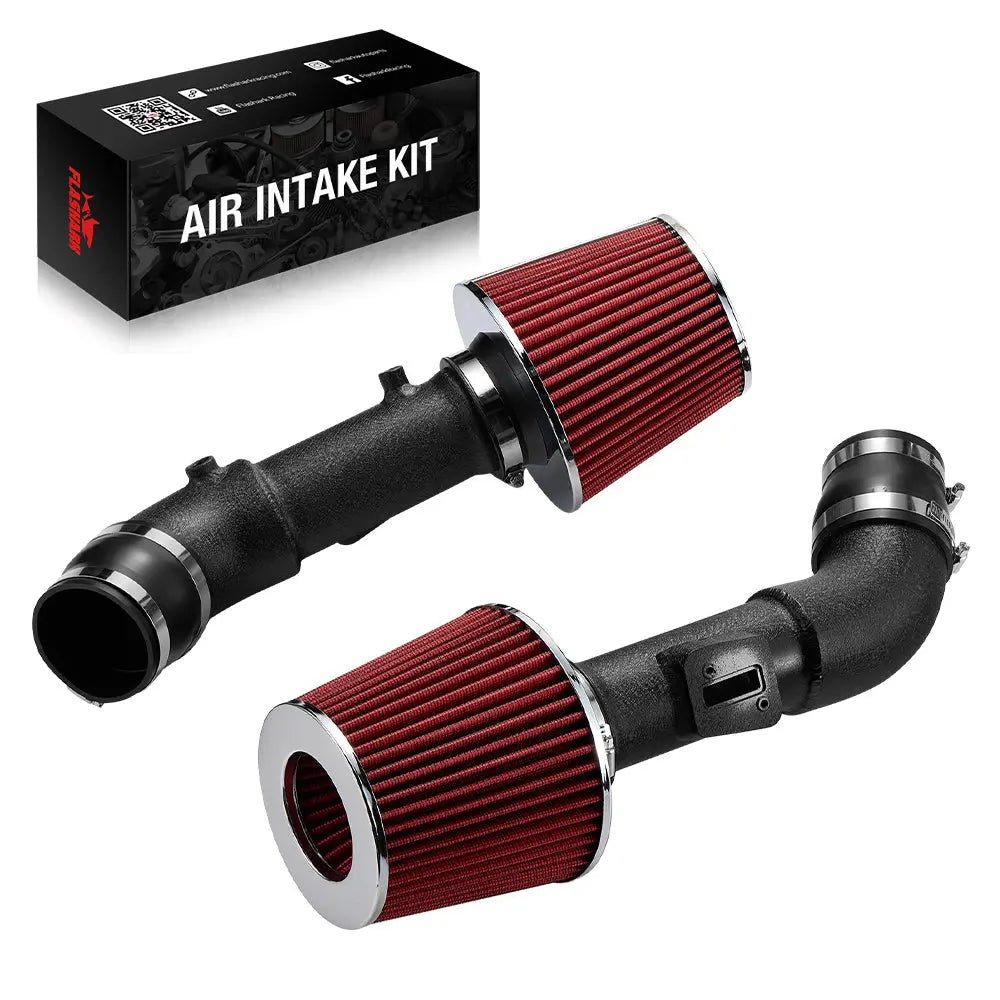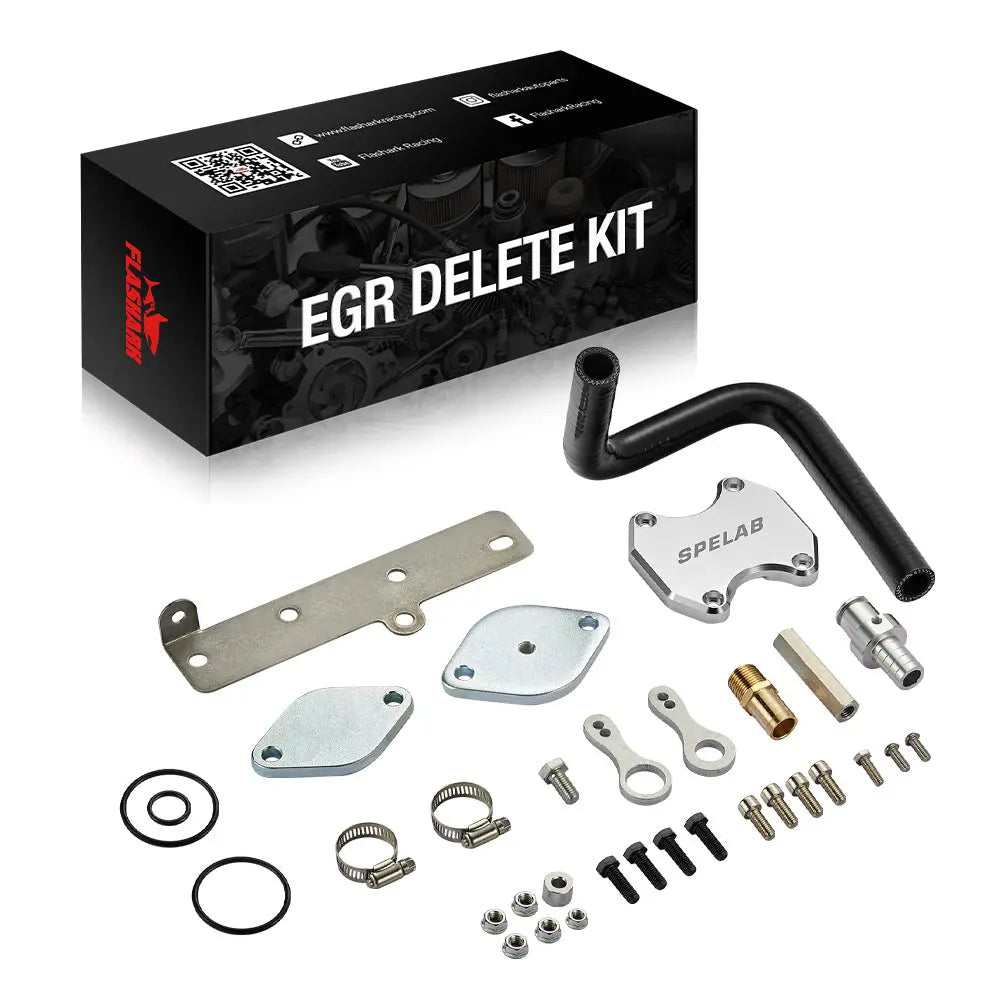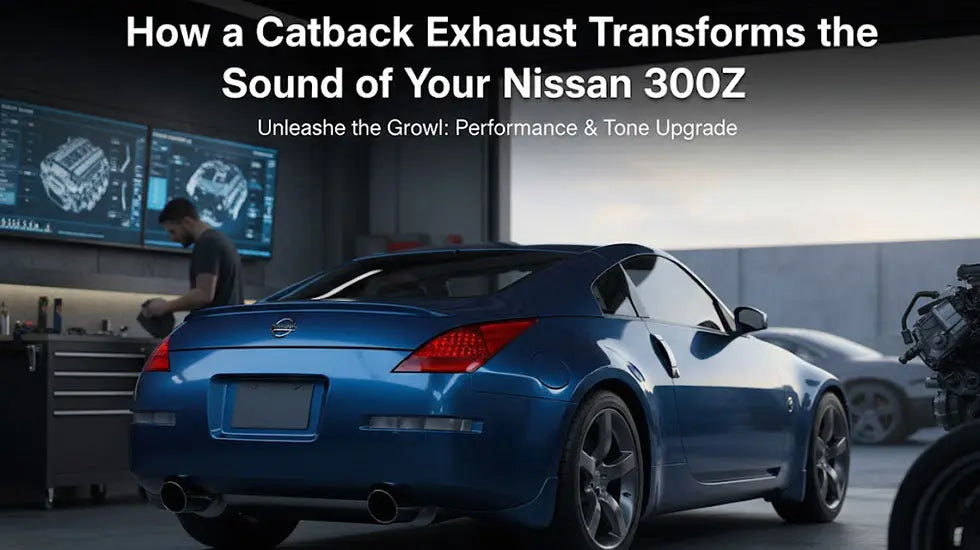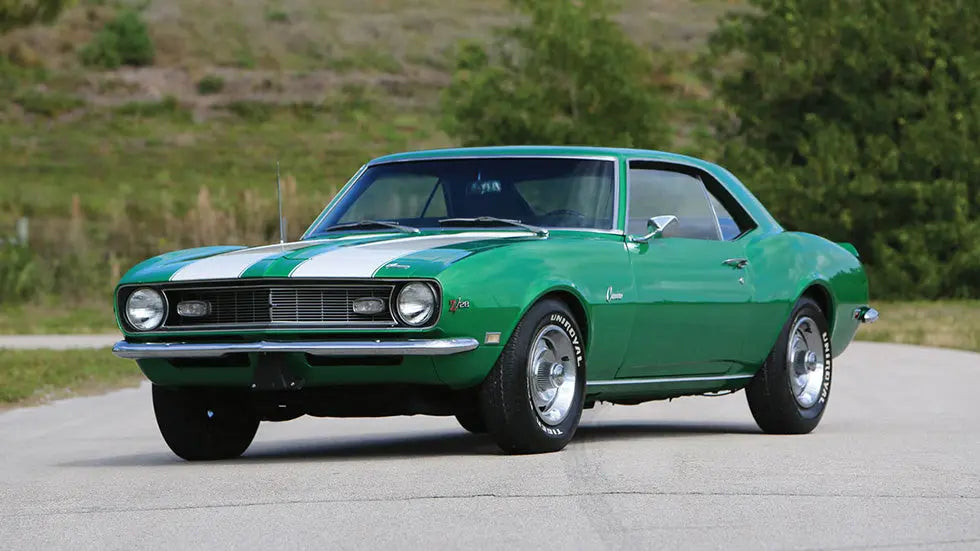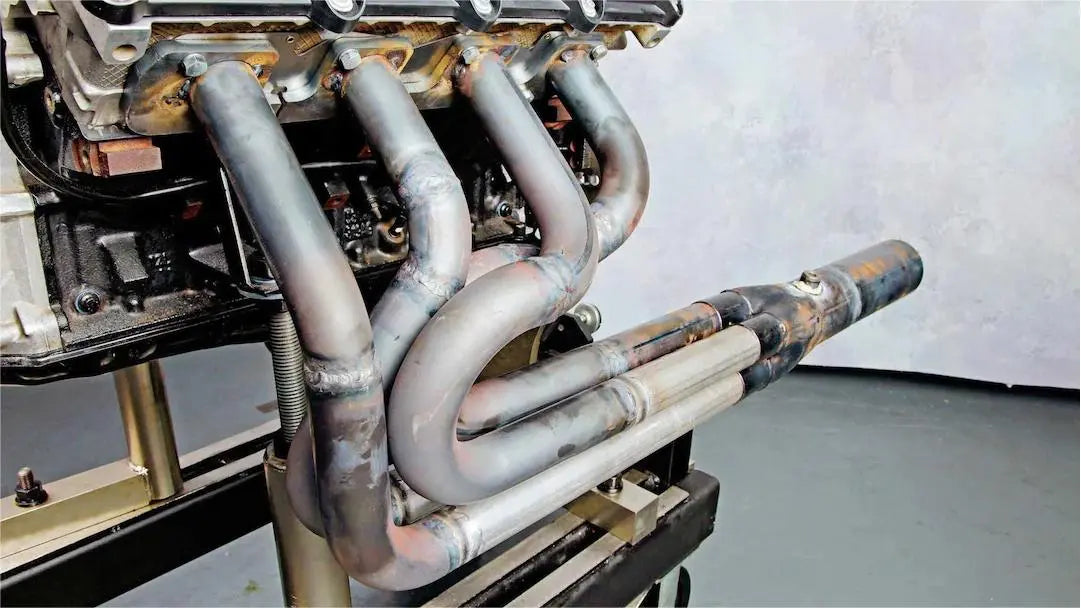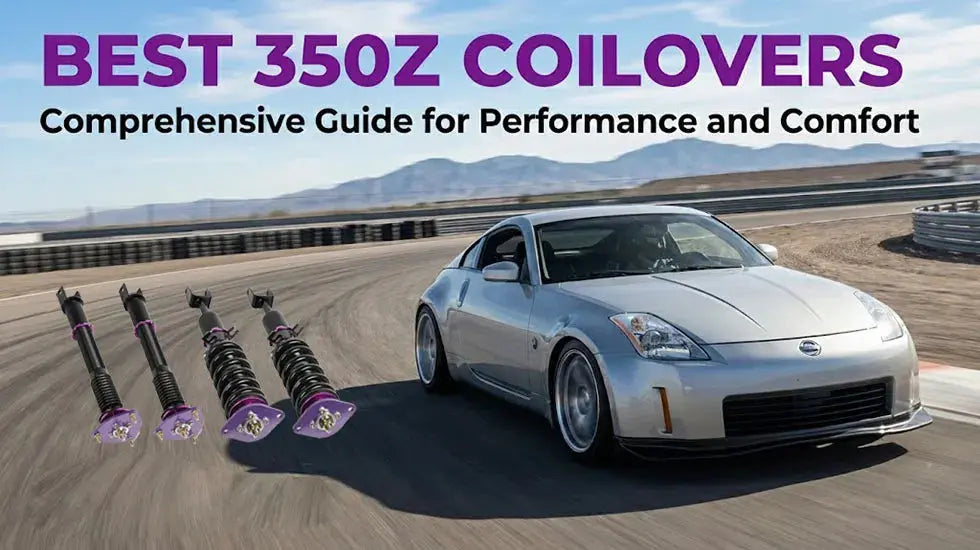If you’ve ever been interested in upgrading your car’s exhaust system, you may have come across the term "downpipe." Downpipes are often associated with turbocharged engines, but what about naturally aspirated (NA) cars? Do they need a downpipe too? In this article, we’ll dive into what downpipes are, their role in turbocharged and naturally aspirated vehicles, and whether they’re truly exclusive to turbocharged cars.
Introduction to Downpipes in Automotive Exhaust Systems
Before we discuss whether downpipes are exclusive to turbocharged cars, let’s first understand what a downpipe is and its function in the exhaust system.
A downpipe is a key component of the exhaust system that connects the engine’s exhaust manifold to the rest of the system. It helps channel the exhaust gases away from the engine, ultimately reducing backpressure and enhancing overall performance. In turbocharged engines, downpipes are particularly important because they can significantly influence turbo spool time and engine responsiveness.
But are they only necessary for turbocharged cars? Let’s take a closer look.

The Role of Downpipes in Turbocharged Cars
Downpipes are essential in turbocharged vehicles, where they play a crucial role in optimizing exhaust flow. For turbo engines, the primary purpose of a downpipe is to reduce exhaust backpressure, allowing for more efficient removal of exhaust gases. When the exhaust flow is smooth, the turbocharger can spool up more quickly, improving throttle response and increasing horsepower and torque.
Turbocharged engines operate under high pressure, and any restriction in the exhaust system can hamper their performance. A performance-oriented downpipe, often with a larger diameter or high-flow design, reduces exhaust resistance, which helps the turbocharger spool faster and more efficiently. This leads to improved power delivery, especially in higher RPMs, which is why many car enthusiasts choose to upgrade their downpipes for enhanced performance.
Can Naturally Aspirated (NA) Cars Use Downpipes?
While downpipes are indispensable in turbocharged cars, naturally aspirated (NA) cars don’t rely on them in the same way. NA engines lack a turbocharger, which means there’s no need to manage high exhaust pressure or turbo spool. However, this doesn’t mean that downpipes are useless for NA cars.
In fact, some NA car owners choose to install upgraded downpipes as part of a broader exhaust system upgrade. A high-flow downpipe in an NA engine can reduce exhaust flow restrictions, leading to modest performance improvements—particularly in larger displacement engines. These upgrades might not provide the same dramatic power gains as in turbocharged engines, but they can still help increase horsepower and provide a more aggressive exhaust note.
If you're aiming for an enhanced exhaust sound or minimal power gains, a downpipe may be a worthwhile upgrade for your NA vehicle. However, it's essential to note that the primary reason for installing a downpipe in an NA car is not necessarily performance, but rather sound tuning or aesthetics.
Types of Downpipes for Different Engine Configurations
When choosing a downpipe, it’s important to understand the different types available and how they align with your engine configuration. The type of engine you have—whether turbocharged or naturally aspirated—determines the kind of downpipe you need.
-
Turbocharged Cars: For turbocharged engines, downpipes are typically designed to handle high exhaust gas flow. There are various configurations depending on the type of turbo setup (single, twin, or twin-scroll). Larger diameter downpipes are usually favored in performance applications as they allow for better exhaust flow and turbo response.
-
Naturally Aspirated Cars: Although NA vehicles do not require a downpipe in the traditional sense, upgrading the exhaust system may include changing the initial piping after the exhaust manifold. These components may be referred to as "downpipes" in the context of NA vehicles, even though they don’t serve the same high-performance role as in turbocharged cars.
Additionally, downpipes come in various materials such as stainless steel, titanium, and ceramic-coated options. Stainless steel is common due to its durability and heat resistance, while titanium is lightweight but more expensive. Ceramic coatings help improve heat dissipation, reducing under-hood temperatures.
The Impact of Downpipes on Exhaust Sound
One of the most noticeable changes when upgrading a downpipe is the alteration in exhaust sound. For both turbocharged and NA vehicles, downpipes can influence the tone of the exhaust note. Turbocharged engines often benefit from a more aggressive exhaust sound after installing a performance downpipe, as the gases are expelled more quickly and forcefully.
In NA cars, the sound may become louder and more pronounced, as the downpipe reduces restrictions in the exhaust system. Depending on the design, a downpipe may give the car a deeper, more throaty sound, which is often desired by enthusiasts looking to improve their vehicle’s auditory profile.
For some car owners, the sound is just as important as performance. Choosing the right downpipe can dramatically alter the car’s character, whether you’re seeking a more refined note or a full-on roar.
Benefits of Installing an Aftermarket Downpipe
While downpipes are most often associated with performance gains in turbocharged vehicles, there are several benefits to upgrading your downpipe regardless of your engine type.
-
Increased Horsepower and Torque: One of the primary benefits of installing a larger or high-flow downpipe is the increase in horsepower. By reducing exhaust backpressure, the engine can expel gases more efficiently, leading to improved power output. Turbocharged vehicles typically experience a more significant increase in performance, but NA cars may see subtle gains as well.
-
Faster Turbo Spool: For turbocharged engines, a high-flow downpipe helps the turbo spool more quickly. This leads to quicker acceleration, improved throttle response, and a more responsive driving experience.
-
Enhanced Exhaust Flow and Heat Management: Downpipes also contribute to better heat dissipation. As exhaust gases flow through a high-performance downpipe, they are expelled more efficiently, which can reduce under-hood temperatures and help maintain engine health.
-
Sound and Aesthetic Appeal: As mentioned earlier, downpipes can provide a more aggressive exhaust note. For many car enthusiasts, the sound of their vehicle is just as important as its performance, and a downpipe can help achieve a more desirable exhaust sound.
Installation Considerations and Challenges for Downpipes
Installing a downpipe, especially in a turbocharged vehicle, is not a simple task. Several considerations must be taken into account when planning the installation.
-
Space Constraints: Turbocharged engines, in particular, can have tight engine bays. The downpipe may need to be custom-fitted to ensure proper clearance and alignment with the exhaust manifold.
-
Tools and Expertise: Proper installation requires the right tools, including a lift or jack, exhaust seals, and sometimes even a cutting tool for fitting. If you lack experience with exhaust systems, it’s often recommended to consult a professional mechanic.
-
Exhaust Leaks: A poorly installed downpipe can lead to exhaust leaks, which can cause engine performance issues and undesirable sounds. Proper sealing is critical to ensure optimal performance.
For NA vehicles, the installation process is typically less involved, but it still requires attention to detail to ensure the exhaust system functions properly.
Legal and Environmental Considerations
While upgrading your downpipe can significantly improve your car’s performance, it’s important to consider the legal and environmental implications.
-
Emissions Regulations: Many areas have strict emissions laws, particularly for vehicles with aftermarket downpipes. In some cases, downpipes may come without a catalytic converter, which could cause your vehicle to fail emissions tests. It’s essential to check the local laws and ensure your modification complies with environmental standards.
-
Street Legality: In some regions, installing a performance downpipe without a catalytic converter may make your car illegal to drive on public roads. Always check if the downpipe you're installing is street-legal in your state or country.
For those concerned about emissions, high-quality aftermarket downpipes are available with integrated catalytic converters that allow for improved performance without violating legal requirements.
Conclusion: Do You Need a Downpipe for Your Car?
To sum up, downpipes are primarily associated with turbocharged cars due to their performance benefits, but they are not exclusive to turbo engines. Naturally aspirated vehicles can also benefit from downpipe upgrades, especially if you're looking for enhanced exhaust sound or minimal performance improvements.
For turbocharged cars, downpipes are essential for maximizing performance, improving turbo response, and achieving a more aggressive exhaust tone. For NA cars, while downpipes might not be necessary, they can still provide subtle performance improvements and sound enhancements.
Before deciding on a downpipe, make sure to consider your car's engine type, your performance goals, and local emissions laws. Whether you're aiming for more power or a more exciting exhaust note, a downpipe can be a valuable upgrade for both turbo and NA vehicles.

